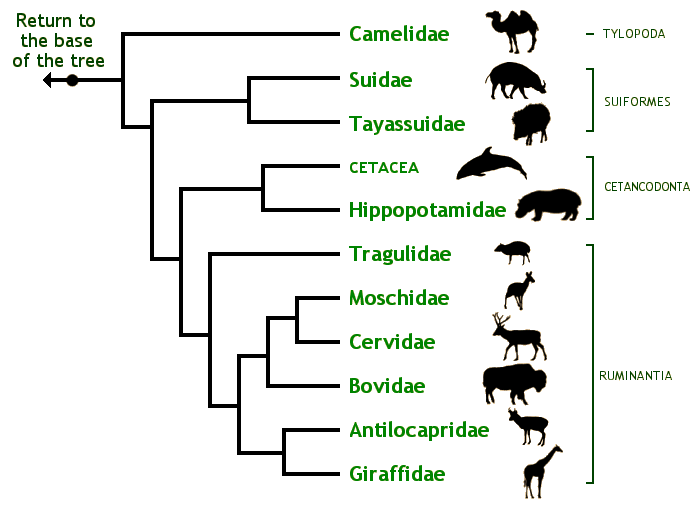Like if someone made a boat and a car the day after each other they'd have to be the same?
No. You're a moron apparently. Boats and cars don't reproduce. They don't descend from ancestors. And they can't change over time. :dizzy:
If all creatures were created at the same time, they'd all start changing from that point on. If they were all created separately (as your interpretation of "kinds" says), one should be no more similar to the other since they've all been changing for the same period of time and they were all created separately.
For example, if you assume mice and rats are the same "kind", why are they more genetically different from one another than humans are from apes/monkeys which by your assumptions are different kinds from one another?
Why are whales and cows about as close to one another as rats are to mice? It makes no sense for whales and cows to have any relationship at all from a YEC perspective.
It would make more sense if rats and mice had been created longer ago and have been changing for longer and humans and apes perhaps monkeys as well were all the same "kind". But of course that would be hugely problematic for you. But that's what the data indicates.
A "Kind" is all the organisms descended from a common ancestor population.
Give us an example. A word should not only have a definition, but be easily applicable to real world situations.
Note that this work is only ever done from the presupposition of evolutionary dogma.
No it isn't it's a simple comparison. The algorithm draws the lines but the similarities are there, regardless of "preconceptions". You can claim bias till you're blue in the face but it has no basis in reality. As I said you can do the comparison yourself using the file I linked.








